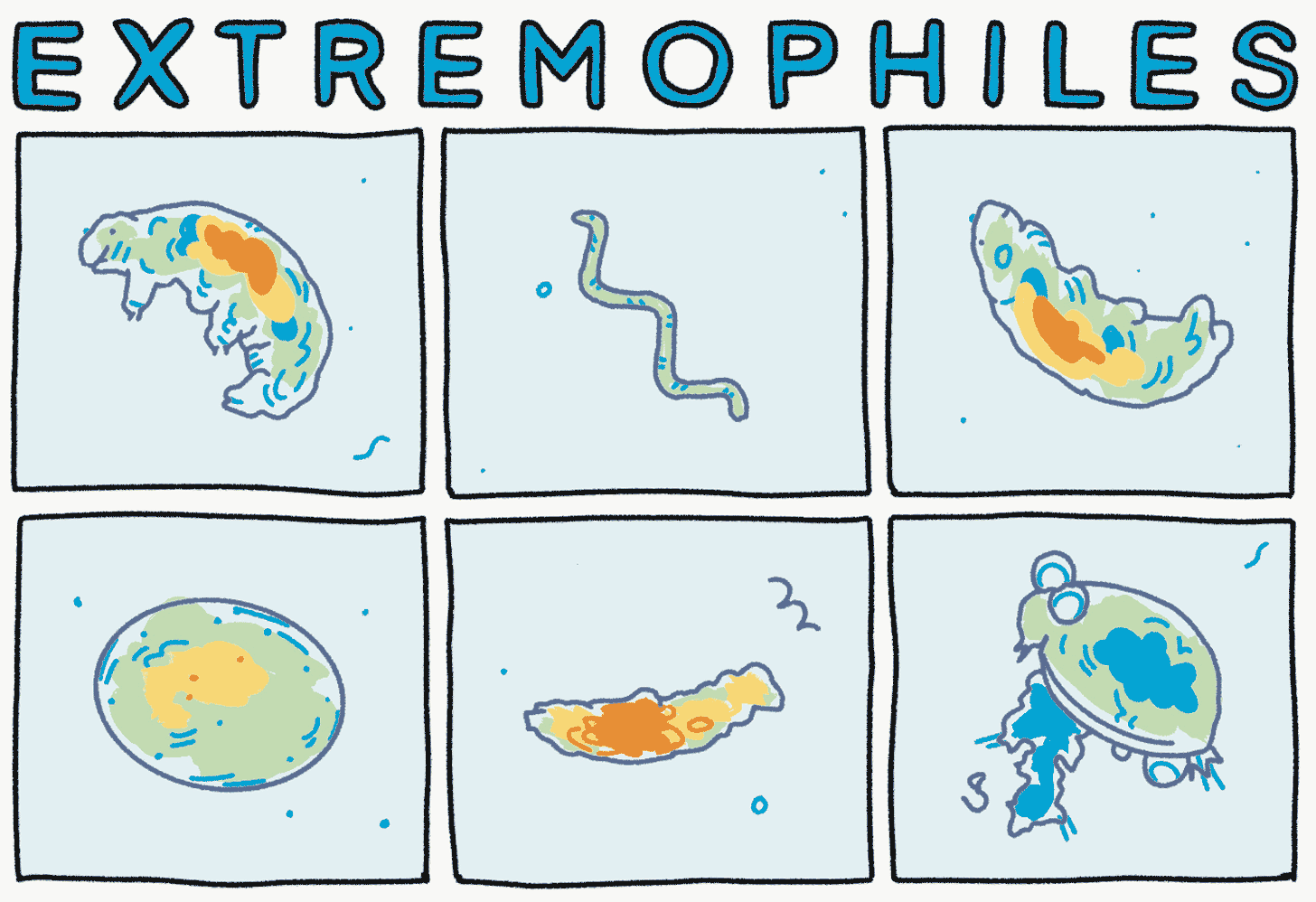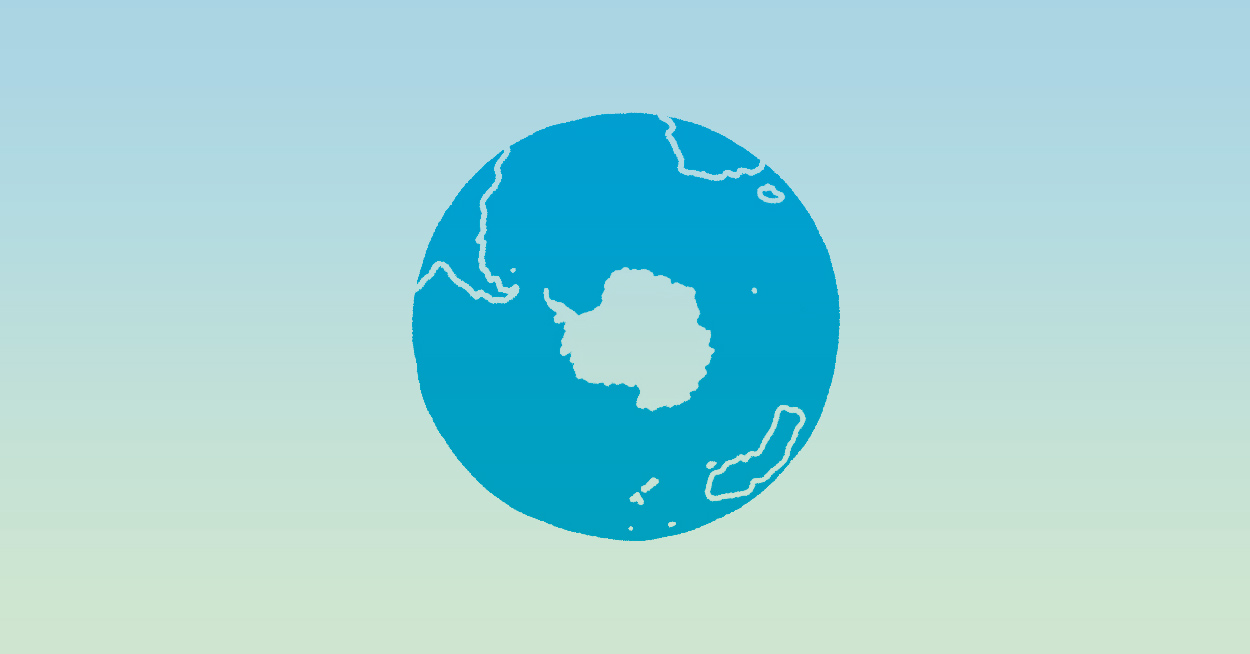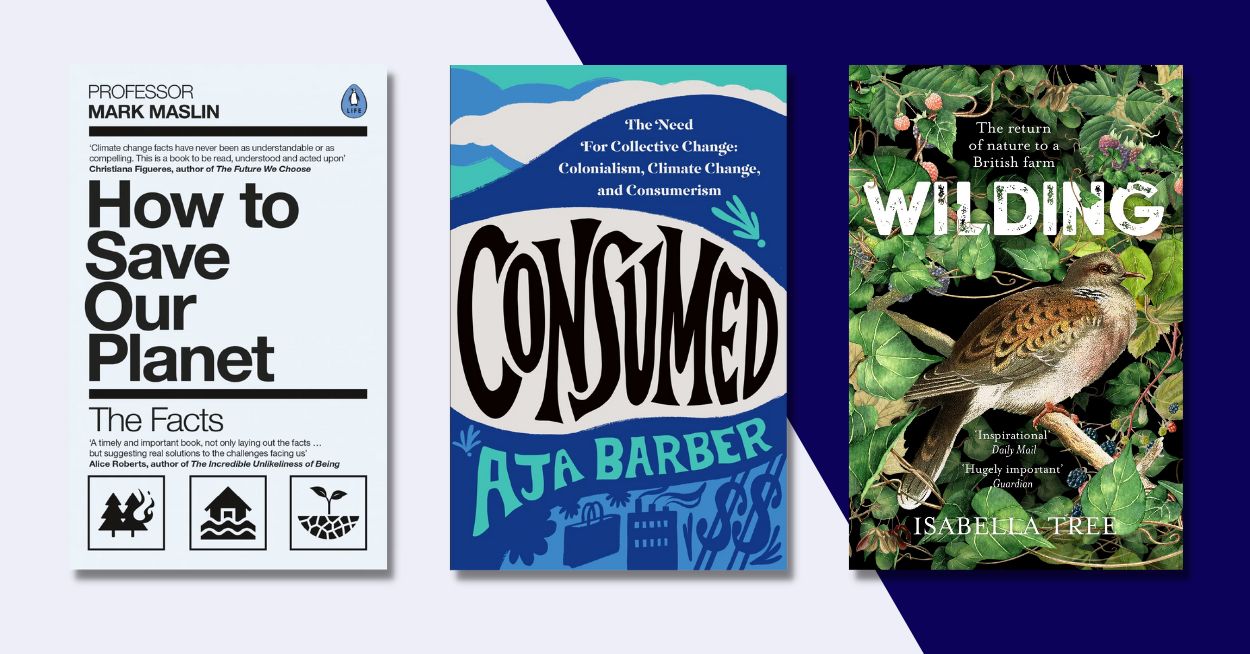In an effort to better understand the misunderstood continent of Antarctica, we sat down with Ariel Waldman — an explorer and artist whose imaginative projects explore the world below our feet and beyond our atmosphere.
In addition to visiting Antarctica twice, she’s a TED speaker, a NASA advisor, and a National Geographic Explorer who collaborates with research teams. An art school graduate who pivoted to science, Ariel was recognized by the Obama White House as a Champion of Change in Citizen Science.
Ariel’s newest book, “Out There: The Science Behind Sci-Fi Film and TV” is now available. You can also get to know her at arielwaldman.com and on Instagram and YouTube.
This conversation has been edited for length and clarity.
In Conversation with Artist & Explorer Ariel Waldman

Branden Harvey, Good Good Good: When I think of Antarctica, I think of all of the clichés: a big, vast, white empty space, one building full of a dozen scientists, and maybe some penguins. I’ve never been there, so it’s just this abstract idea to me.
But you have spent a good amount of time there, and you are really good at helping make inaccessible places and ideas and making them accessible.
So, how would you describe Antarctica? Paint a picture so that folks like me can go a little bit beyond the clichés.
Ariel Waldman: The first thing is that Antarctica is often underestimated in size. So it’s larger than the U.S. and Mexico combined. I think the first thing that people overlook is how huge and diverse it is. And yeah, lots of it is just snow and ice, up to three miles thick in some locations.
But also take, for example, the Dry Valleys, which is the largest area of Antarctica that’s not fully covered in snow and ice. It’s a place where you can actually walk on the continent itself. You could see the mountains. They’re not buried in ice. And it is otherworldly. It’s one of the most Mars-like places on Earth.
But what’s fascinating about that is that even though it’s this place that’s very close to being like Mars, there’s actually tons of microscopic life there having a great time.
So, the thing that I like about Antarctica is that it feels so different and yet, it’s still on Earth. It can give us hope for both understanding the history of our planet — but also hope for finding life elsewhere on planets and moons that look as if they’re lifeless.
Branden: You’ve been to Antarctica twice. Tell me about that first time stepping off of the plane. What was your first reaction? What did that moment feel like?
Ariel: For me, it was like, “Holy shit, I actually made it” — because it was five years of effort to get to Antarctica. You’re simultaneously nervous and in awe because it’s like arriving in any other new place on the planet. You don’t know what you’re doing. You’re a little scared because you don’t know what the new situation is going to be like.
But also, you’re just in this place that is, for most people, the farthest away that you can get from home without going into space.
Branden: You were there for five weeks. Tell me about the work that you were doing there.
Ariel: I went down on the National Science Foundation Antarctic Artists and Writers Program, and I wanted to do a project that would benefit both scientists and people outside of science.
I sought to film the microscopic creatures that live under the ice in different areas because I had learned about there being a lot of life that biologists study there, but they’re not often supported in filming or taking good photographs of the creatures they study.
The science grants don’t typically support that. And yet by filming those creatures, you can make new discoveries about their behaviors and showcase them to the world — to those who don’t usually get to see them.
I was there to film life under the ice and create an interactive website where anyone can explore these microscopic creatures as if they’re looking through a microscope in Antarctica.
Branden: Based on your experience there, what are the problems that Antarctica is facing? I think of melting ice and loss of biodiversity. But what do you see as the major problems that are facing that continent?
Ariel: Yeah, I mean, I think you hit on it. A lot of people mistakenly conflate what’s going on in the Arctic with what’s going on in the Antarctic. And there are some similarities.
But Antarctica is a massive continent, so you can’t really say, “Oh, it’s glaciers melting into the ocean. That’s the story of Antarctica and climate change.” It is for portions of it. But other portions, the story of climate change is about increased habitability of Antarctica and what that means for the creatures that currently live there.
For a lot of the microscopic organisms that I film, they’ve had a great time in Antarctica with just them and the ecosystem that they know. But over a period where the climate is warming, different organisms are going to be able to survive in Antarctica.
The story of climate change isn’t necessarily that you get die-off due to heat. It’s that you might get die-off because they have increased competition, new neighbors, a total change of ecosystem dynamics. Each place in Antarctica has a different story.
Branden: Okay, so maybe I also need to ask: Why are the existing creatures that have been living in Antarctica for a long time important? I’m sure they are — but they’re not creatures that I know about already. What purpose do they serve in the greater world?
Ariel: A lot of them are extremophiles (animals that can live in extreme conditions). They teach us a lot about where the boundaries of life are on Earth, which again teaches us about the history of life on Earth and also about finding life elsewhere.
When people think of microorganisms, they often think of bacteria. A lot of these are actually microscopic animals. They actually belong to the animal kingdom. You have the tiniest animals on Earth in Antarctica.

I think people often don’t have a lot of compassion for bacteria, which is fine. But these are actually tiny animals that live there. They should be, I feel, given the same compassion that penguins are given.
When you get to see them — and I hope that I share this through my work — they are actually charismatic and cute and do all these amazing things. They hold an important scientific importance, but, I think, generally they also deserve our compassion.
Branden: At Good Good Good, we focus on celebrating good news. We always want to acknowledge problems that exist in the world, but we never want to leave it there. Whether in regard to the problem of habitability or other problems, where are you seeing progress or reasons for hope?
Ariel: Off the top of my head, I think of the science being done there, because in some areas of Antarctica, the story of climate change has never been more clear.
But for some areas, like the Dry Valleys I mentioned earlier, there have only been a few stories that have really come into focus in recent years. So the work that scientists do — going to Antarctica every year, taking measurements, dedicating themselves toward observation and witnessing the world — that work and dedication gives us a more complete story.
That’s, in part, what I hope to do through my work. By making these observations and bearing witness to these things, we can make better informed decisions and also be a lot more excited about what there is to protect.
Branden: What’s a practical action step that any of us can take to show some care for Antarctica?
Ariel: Figuring out how you can lend your skills and background to science is a really creative and rewarding process. Science institutions aren’t always going to say, “Oh, we need a writer or a designer, or what have you.” But that doesn’t mean that your skills are less valuable. Creating website resources, creating videos, writing articles.
You don’t have to be an expert in this stuff. Everyone has access to the web, and there are so many things that need to exist in the world in order to get people excited about what’s out there. That’s how I got my start in science — my background is in art school and graphic design. I came at this as a complete outsider.
Being a curator of knowledge to help other people understand new topic areas is a really valuable thing you can do to contribute to science.
You can learn more and explore Ariel Waldman’s work in Antarctica at arielwaldman.com/antarctica and lifeundertheice.org. Check out her new book, “Out There: The Science Behind Sci-Fi Film and TV,” wherever books are sold.



